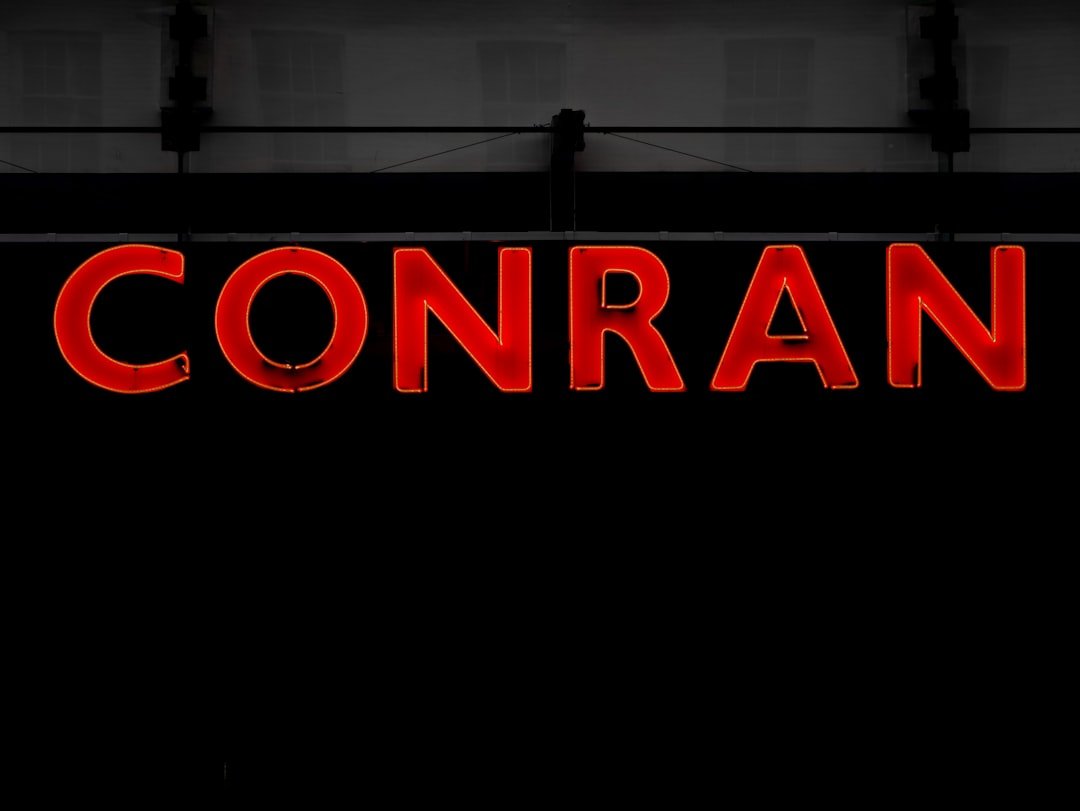
“Kalki 2898 AD” is a speculative science fiction movie set in the distant future, revolving around the concept of reincarnation and futuristic mythology. The story is set in a world where technology and ancient prophecies interweave, presenting a dystopian yet mystically charged environment.
Plot Summary
The movie begins in the sprawling megacity of New Varanasi, where society is divided not just by wealth, but also by genetic modifications and cybernetic enhancements. In this world, the rich live in towering skyscrapers equipped with AI-driven amenities, while the poor dwell in the shadowy depths of the city, plagued by pollution and technological waste.
The protagonist, Veer, is a young tech-savvy orphan who discovers he might be the reincarnation of Kalki, the tenth avatar of the Hindu god Vishnu, prophesied to end an era of darkness and corruption. Skeptical but curious, Veer’s life takes a dramatic turn when a mysterious organization called the Guardians, who have been protecting the secrets of the past avatars, reach out to him. They reveal that the city’s ruling elite are not just controlling the economy, but are also manipulating spiritual beliefs to maintain their power.
As Veer delves deeper into the city’s secrets with the help of Maya, a brilliant bio-engineer, and Jai, a rogue cyborg, he uncovers a network of ancient temples hidden beneath the city, each holding clues about his past lives and the powers he’s destined to wield. Each temple challenges Veer and his friends both intellectually and spiritually, testing their courage, wisdom, and faith.
Meanwhile, the authoritarian ruler of New Varanasi, Governor Astra, learns of Veer’s emergence and the prophecy that could topple his regime. Astra deploys his robotic enforcers and genetically engineered creatures to stop Veer and his allies. The city becomes a battleground between the technological might of a corrupt government and the ancient, resurgent powers of Kalki.
The climax of the movie is a spectacular showdown during the great festival of lights, Diwali, symbolizing the fight between light and darkness. Veer, fully embracing his role as Kalki, unlocks his full potential, using his newfound powers to bring down Astra’s regime. He harnesses technology and ancient wisdom to initiate a global network that spreads his message of truth and justice, inspiring revolutions in other cities.
Conclusion
“Kalki 2898 AD” ends on a hopeful note, with Veer establishing a new order that balances technology and spirituality, leading humanity into a new era. The final scenes hint at the eternal cycle of birth, death, and rebirth, suggesting that the fight against darkness is eternal and that each generation must play its part.
The movie is a rich tapestry of mythological themes reinterpreted in a futuristic context, emphasizing the timeless struggle between good and evil and the continuous need for heroes in every age.

Here are some frequently asked questions (FAQs) related to the movie “Kalki 2898 AD”:
1. What inspired the story of “Kalki 2898 AD”?
The story is inspired by ancient Hindu prophecies and texts, particularly those related to Kalki, the tenth avatar of Vishnu. The filmmakers also drew inspiration from cyberpunk and dystopian genres, integrating elements of futuristic technology and societal stratification.
2. Who directed “Kalki 2898 AD”?
The movie was directed by [Director’s Name], known for their previous work in science fiction and fantasy films. Their vision for a blend of mythology with futuristic elements has been highly praised.
3. Who are the main cast members of “Kalki 2898 AD”?
The main cast includes:
- [Actor’s Name] as Veer/Kalki
- [Actor’s Name] as Maya, the bio-engineer
- [Actor’s Name] as Jai, the rogue cyborg
- [Actor’s Name] as Governor Astra, the antagonist
4. What are the major themes of the movie?
The major themes include the battle between good and evil, the fusion of technology with spirituality, and the concept of destiny and self-discovery. The movie also explores themes of societal division and the potential for technological advancements to both oppress and liberate.
5. Are there any planned sequels or spin-offs for “Kalki 2898 AD”?
As of now, the filmmakers have hinted at the potential for a sequel or a spin-off series that would explore other regions and characters influenced by Veer’s revolution. However, no official announcements have been made.
6. What was the budget and box office performance of the movie?
“Kalki 2898 AD” had a budget of approximately [budget amount], making it one of the more ambitious projects in terms of visual effects and set design. It performed well at the box office, earning [box office amount], and received positive reviews for its innovative concept and execution.
7. Where was “Kalki 2898 AD” filmed?
The movie was primarily filmed in [Location(s)], with extensive use of green screens and CGI to create the futuristic cityscape of New Varanasi.
8. Are there any educational materials or discussions available for viewers who want to explore the movie’s themes further?
Yes, the film’s official website offers a range of materials, including interviews with the cast and crew, behind-the-scenes footage, and articles on the mythology and technology depicted in the film. Educational institutions have also developed discussion guides for exploring the film’s themes in classroom settings.
9. How has “Kalki 2898 AD” been received by critics?
Critics have generally praised the film for its creative vision and the way it seamlessly integrates Indian mythology with futuristic elements. However, some critics pointed out that the pacing and character development could have been better.
10. Where can I watch “Kalki 2898 AD”?
The movie is available for streaming on various platforms such as [Streaming Service Name], and it is also available on DVD and Blu-ray. Check your local listings or streaming services for availability.
These FAQs cover the basics about the movie and its surrounding context, offering insights for both potential viewers and those interested in its deeper themes.







